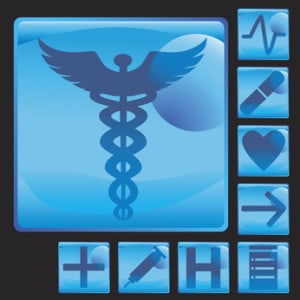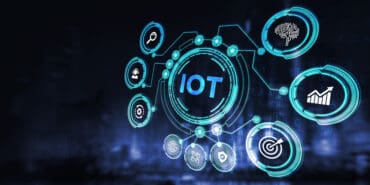
With the increasing popularity of wearable devices and the real-time data those devices’ applications provide for us to analyze, we see the “service-oriented body” quickly emerging. RTInsights blogger David Linthicum explains why.
A few years ago, service-oriented architecture (SOA) was all the rage. While we certainly were writing and speaking about it, not much was actually going on. These days, with the rise of cloud computing and the Internet of Things (IoT), the use of services and micro-services is on the rise. We’re building systems based upon SOA these days but we’re no longer using the term “SOA.”
Many of today’s devices have application programming interfaces (APIs) no matter if it’s a magnetic resonance imaging (MRI) machine or a refrigerator. These APIs allow applications to talk to the devices and gather information they need to provide monitoring, operating and control information. There is one set of APIs for many applications that can run on many platforms, including mobile. Thus, the APIs become the single most important aspect of device communication and, therefore, form the foundation of IoT.
Now take this concept a step further: to communicate with our bodies by using APIs or services. As wearables become more popular, we’re finding information readily available that was once difficult to obtain outside a doctor’s visit. We wear the devices—such as heart rate and activity monitors—and those devices provide API access to historical as well as real-time data. In other words, we’re able to access data that is generated by our bodies by using well-defined services.
While heart rate and activity are common data points today, in the near future we’ll have devices that will tell us about blood oxygen, blood pressure, electrocardiogram (EKG) and other data points not typically gathered by laymen. The data will be aggregated and analyzed by machine learning systems that will attempt to spot trends, or reviewed by physicians themselves.
While a lot of us find the thought of having service-based access to our vitals a bit alarming, I would argue that today’s pervasive use of activity monitors shows that we’re willing to provide the data as along as there is a benefit. In this case, the benefit is the ability to spot issues with our health before they become serious ones. Think about the number of heart attacks or strokes that can be prevented if our vitals are being monitored and constantly analyzed by using data that can spot patterns (that could be leading up to something more serious). In other words, we’re becoming more proactive than reactive when it comes to our health.
The service-oriented body is emerging right now. More devices on the market that we are willing to wear mean more data that’s available for applications to analyze. More importantly, the number of innovative applications is increasing. The new applications will provide new ways to leverage that data for your own good health and perhaps aggregate that new data to positively affect the health of others. I, for one, don’t mind my body being service-oriented and I recommend that everyone take steps toward this brave new world.
So many articles, so little time. Luckily, our content is edited for easy web reading! Read more:
Research from Gartner: Real-Time Analytics with the Internet of Things
From the Center to the Edge: The IoT Decentralizes Computing
Becoming an ‘Always On’ Smart Business
Urgency of Present and Past in IoT Analytics
Liked this article? Share it with your colleagues using the links below!





























